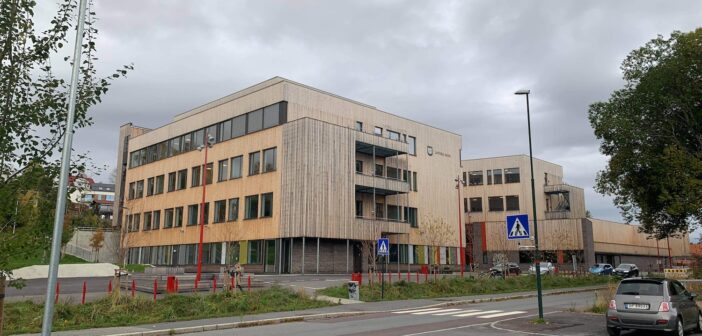The worldwide COVID-19 outbreak had a substantial impact on many industries around the world. One of the industries that faced the biggest challenge was the education system. They suspended in-person lectures and activities and moved over to remote teaching methods. In Norway, elementary schools, middle schools and high schools had to make the same shift in order to continue the school year.
The change to online learning
“We had one hour at the end of the day Mar. 12 to reschedule our classes from in-person to online,” said Rune Olsen, a teacher at Jong Elementary School in the municipality of Baerum in Norway. This new reality forced teachers all over the world to familiarize themselves with technology in order to stay in touch with students.
With the technology came both challenges and positive experiences. For Monica Kaasa, a teacher at Nesbru High School in the municipality of Asker, the shift to remote teaching brought some unexpected difficulties. “It was hard to predict an appropriate workload for each online session. In addition, the structure for exams and quizzes had to be changed in order to get a true image of the students’ knowledge of a certain subject.”
Olsen turned towards a more asynchronous schedule with check-ins at the beginning and end of the day. Kaasa ran synchronous classes, expecting more from older students. “Low participation and therefore a lack of exchange of reflections and ideas between students and teachers was an issue with online teaching,” said Kaasa. The students being unaccustomed to talking “straight into a screen” was the biggest reason for this, she believed.
Kaasa experienced a tough time to convey her engagement for the subject being taught. However, she also saw some positives. “Establishing smaller groups and one-on-one conversations were ways to ease up the students and make them more comfortable to join the conversation,” said Kaasa, which Olsen largely agreed with. “When the students who normally have difficulties with concentrating for longer periods could manage their learning, we saw an increase in quality for the homework done this remote period,” said Olsen.
COVID and Norway
The neighboring municipalities Baerum and Asker, west of Oslo, saw some of the highest numbers of COVID-19 cases in Norway according to the Norwegian Institute of Public Health. Baerum had 546 cases while Asker had 283, ranking third and ninth, respectively, over municipalities with the most cases.
Upon moving over to remote learning, the Norwegian Directorate of Education published an extensive guide for schools to follow. In the guide, many technological aids such as file-sharing platforms, video call programs and chat programs were recommended. Teachers had to plan the next steps.
In-person classes
Both Olsen and Kaasa admit that returning to in-person classes was a relief and made teaching much easier. However, the return also meant strict guidelines of preventative measures also mentioned in the guide from the Norwegian Directorate of Education. The guide included a “traffic light model” using green, yellow and red levels. These determine which preventative measures are be applied when students return to school.
“Each grade has their own area in the school yard where they only can interact with students on the respective grades,” said Olsen.
The preventative structures are harder to follow at high schools. Here, the students are older and participate in a more extensive social life outside of school. Despite this, both Olsen and Kaasa said there have been no cases of COVID-19 in either school. This may be a sign that the preventative measures have helped in education in Norway.

